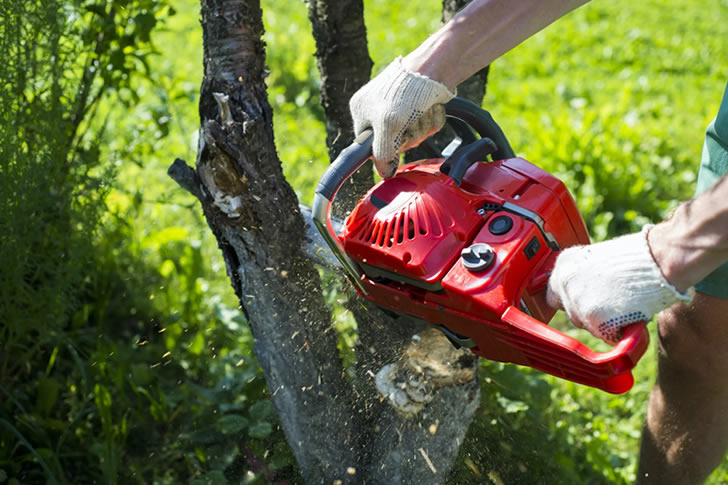Eliminating the Hard Labor of Tree Removal
Tree removal can be a daunting task, often deemed necessary for various reasons including safety hazards, construction requirements, or disease elimination. Whatever the reason, eliminating the hard labor involved in the process is crucial not only to save time and energy but also to ensure safety and efficiency. This article explores the methods, technologies, and planning required to simplify tree removal tasks, providing practical insights and information grounded in industry knowledge.

The Necessity of Tree Removal
Before delving into methods of simplifying tree removal, it’s important to understand why it is sometimes necessary. Trees may need to be removed because they pose a risk to buildings or people, they may be dead or diseased, or they may simply be in the way of planned construction. According to the U.S. Forest Service, over 100 million trees are at risk of falling due to disease, environmental stresses, or construction-induced damage every year. Removing these trees safely and efficiently is crucial to mitigating potential damage or injury.
Assessing the Task Ahead
The first step in any tree removal process is a thorough assessment of the tree and its surroundings. Understanding the size, species, and health of the tree, as well as its proximity to structures or utility lines, will determine the best approach to take. Professional arborists typically perform this assessment, as they can provide insights into potentially unseen problems such as internal decay or root system complications which could affect the removal strategy.
Traditional vs. Modern Removal Techniques
Historically, tree removal required heavy physical labor and posed significant risks. Traditional methods often involve chainsaws, ropes, and manual cutting, which are not only labor-intensive but also dangerous. According to the Bureau of Labor Statistics, the use of traditional tree removal methods contributed to over 100 fatalities in the forestry sector annually.
However, advancements in technology have introduced more sophisticated techniques that have revolutionized the tree removal process. Equipment such as cranes, hydraulic lifts, and advanced felling tools have made it possible to handle large-scale and high-risk operations with enhanced safety and less physical strain. For instance, cranes can be used to safely lower large sections of a tree, reducing the need for climbing and cutting from high places.
Innovations in Tree Removal Equipment
One of the most significant advancements in tree removal is the introduction of specialized machinery that can streamline the entire process. Remote-controlled and GPS-guided tree removal equipment are becoming more commonplace in urban and suburban settings. These machines allow operators to remain at a safe distance while accurately maneuvering cutting mechanisms. For example, the Grapple Saw Truck, a remote-controlled crane with an attached saw, allows for the safe removal of trees even in tight spaces where traditional cranes could not maneuver.
Additionally, stump grinding machines have significantly reduced the effort and time required to remove tree stumps after the tree has been taken down. These powerful machines eliminate the need for the old practice of manual digging or chemical rotting, grinding down stumps into wood chips efficiently and effectively.
The Role of Planning and Expertise
Despite the advancements in technology, planning and expertise remain the cornerstone of efficient tree removal. Before the physical work begins, detailed plans based on the tree’s assessment should be developed. These plans not only guide the removal process but also help in anticipating and mitigating potential risks. Moreover, the expertise of certified arborists or tree removal specialists is indispensable. These professionals are not only trained in the safe use of tree removal equipment but also in techniques that ensure the safety of both people and property nearby.
Environmental Considerations and Compliance
In recent years, there has been an increased focus on the environmental impact of tree removal. Responsible removal practices involve considering wildlife habitats, preserving surrounding vegetation and complying with local environmental regulations. In many regions, permits are required before large or significant trees can be removed, which includes an environmental impact assessment.
Moreover, more companies are adopting practices such as wood recycling and the replanting of trees in other areas as compensatory measures. These practices not only help in sustaining the local ecosystem but also contribute to the overall wellbeing of the environment.
Conclusion
In summary, the task of removing trees, while necessary, does not have to be a back-breaking labor. Through the integration of modern technologies, detailed planning, and expert execution, the process can be conducted safely and efficiently. It is important, however, to balance these needs with sustainable practices that protect the environment and adhere to legal requirements, ensuring that tree removal is responsible and thoughtful toward community and ecological health.







Recent Comments